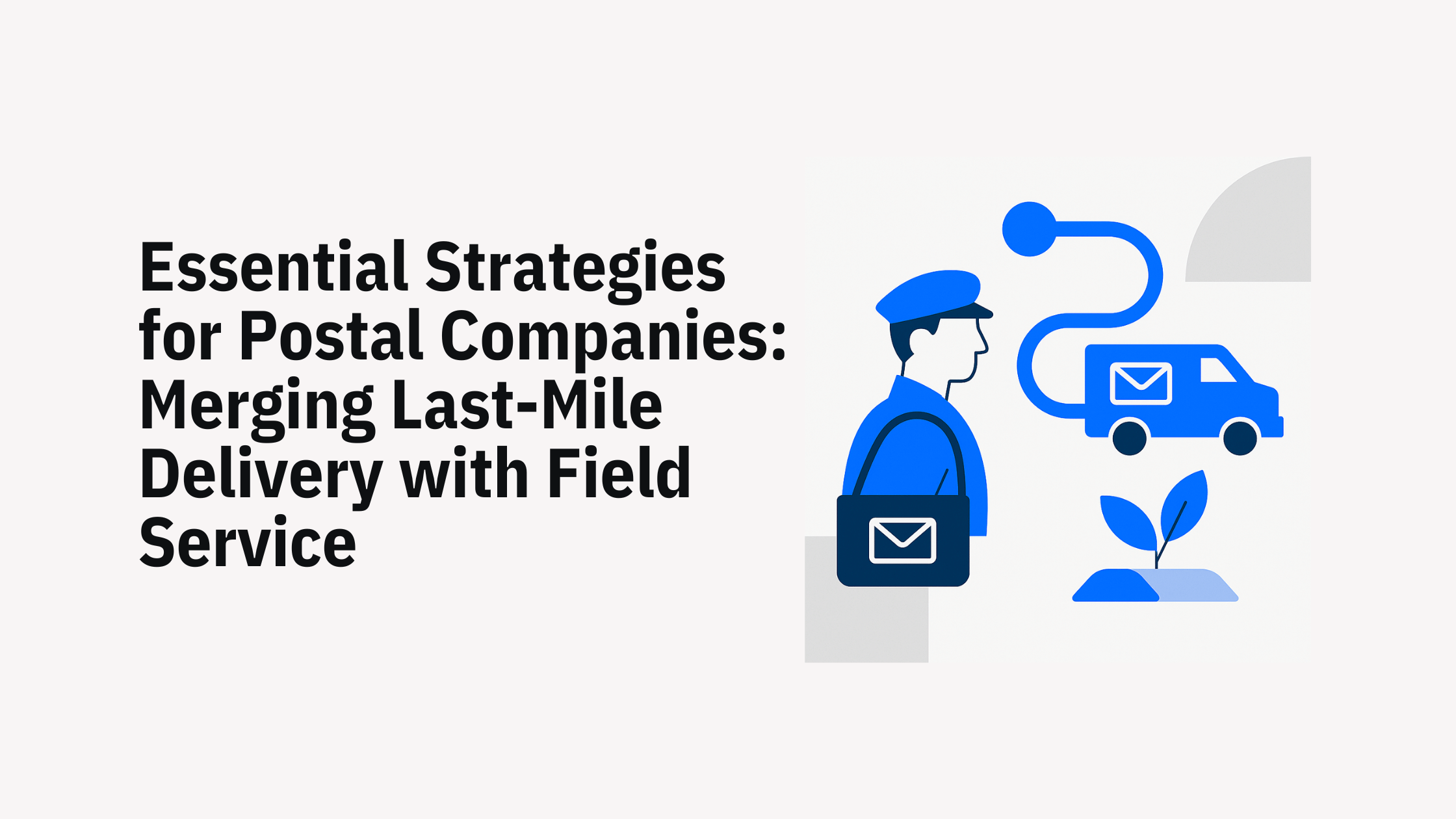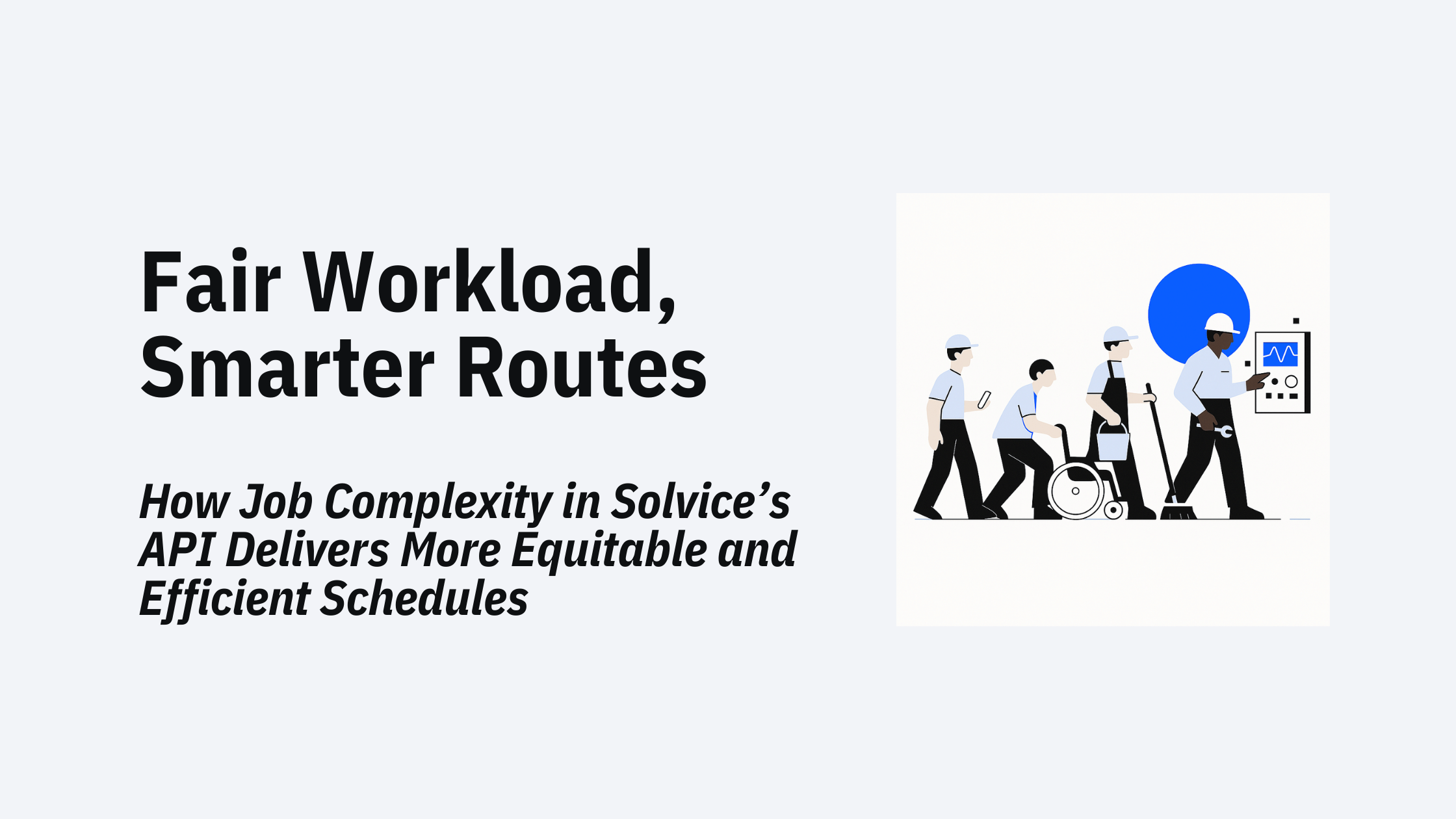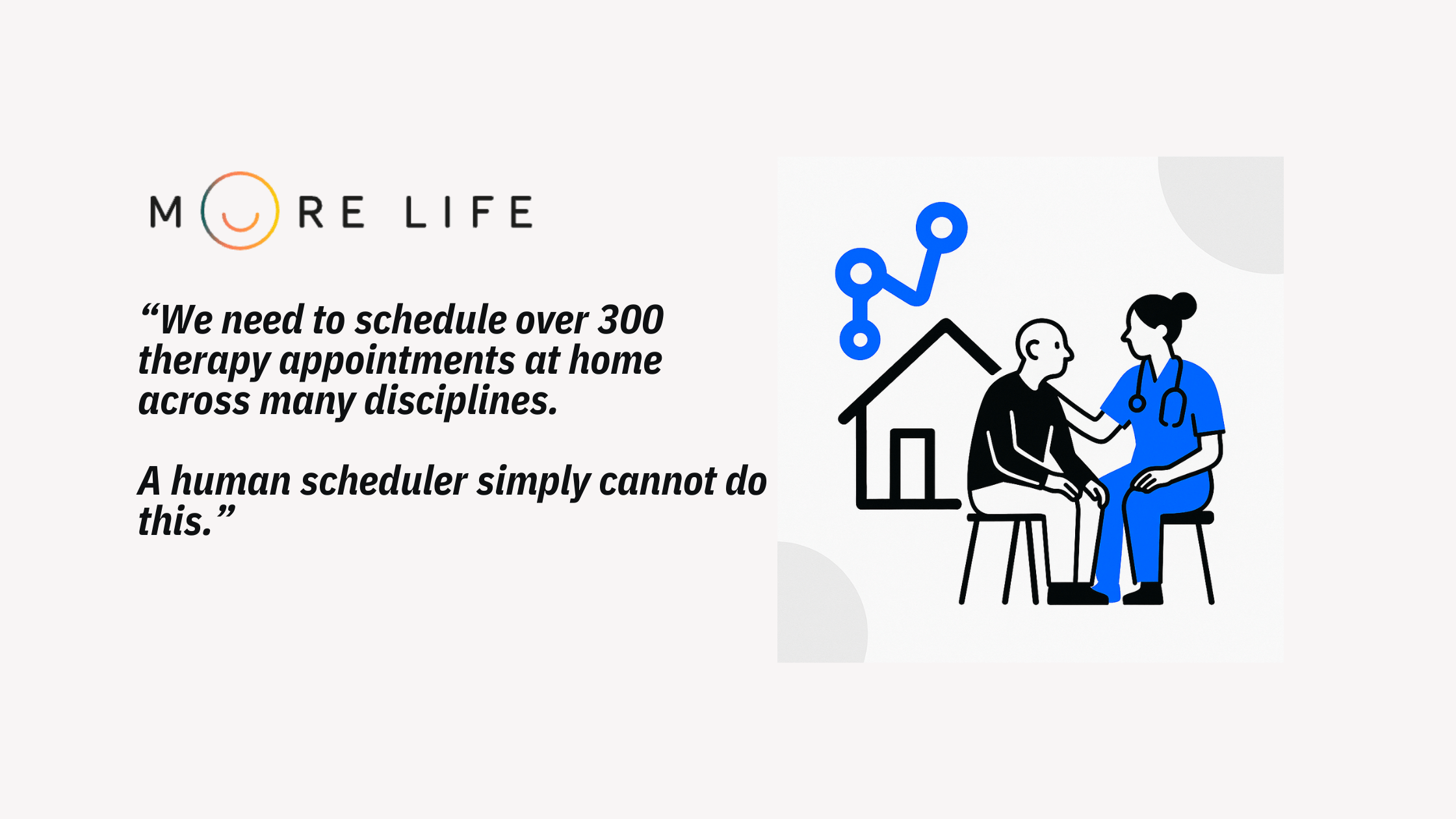
Postal services worldwide are going through a transformation. For generations, they thrived on the predictable daily rhythm of delivering letters. But those days are fading fast. Letter mail volumes have plummeted, with 99% of postal operators now reporting serious impacts on revenue due to this decline. Meanwhile, parcel volumes are surging thanks to e-commerce, but they bring a whole new set of challenges: dynamic routes, capacity constraints, and demanding customers.

Postal companies face an existential question: how do they remain relevant and profitable in this new world? The answer may lie in redefining the role of the postmen and women. Not just as a delivery worker, but as a trusted local service provider capable of so much more.
The industry’s shift is unmistakable. Across nearly every market, letter mail has plummeted. Operators once relied on stable, predictable revenue from letters, but that model is broken. Instead, they’re focusing investments on parcel delivery driven by booming e-commerce.
This shift isn’t simple. Parcels require entirely new capabilities. Unlike letters with fixed daily rounds, parcel delivery is dynamic, demand-driven, and often complex. It's no wonder that 46% of postal operators are prioritizing last-mile delivery investments over the next three years. Simultaneously, 53% list digital transformation as a top priority.
In short, postal operators everywhere are moving from a static, predictable service to a highly flexible, customer-centric delivery model. The pressure to get this right is immense.
Yet even as technology transforms logistics, there’s an enduring asset many postal companies overlook: the postman or postwoman themselves.
These are not just delivery drivers. They are trusted, familiar faces in their communities. They know the streets, the customers, even the households. Historically, they did much more than deliver mail: in many countries, postmen once delivered pensions (in my home country, Belgium, for one), collected bill payments, and served as vital social connectors.
That potential remains. Postal operators are rediscovering that their local workforce is a valuable differentiator. With training and the right technology, postmen can deliver far more than parcels. They can become mobile service agents, offering government services, identity verification, financial transactions, welfare checks, and even health-related deliveries.
The data supports this strategic vision. In Escher’s 2024 industry survey, 40% of postal operators named citizen and government services among their top product investment priorities. It’s a clear sign that the industry is preparing to leverage local trust in new ways.
This isn’t just theory—it’s already happening worldwide:
These examples show how postal organizations can turn their local knowledge and human presence into competitive advantages that go far beyond delivery.
What’s more, the Escher 2024 survey shows this is a broader trend: 40% of posts plan to expand financial services, including remittances, bill pay, insurance, and government payments . It’s not a niche experiment—it’s a critical strategy for future relevance.
The big insight for operators? Last-mile delivery and field service have much more in common than you might think.
Both rely on:
As postal operators face capacity limits and cost pressures, they’re investing in route optimization (the top cost-saving strategy for 60% of respondents) and advanced data analytics (used by 74% to optimize last-mile delivery).
These same technologies and practices can support field service roles, such as meter reading, government service delivery, ID checks, and even health-related home visits. Reverse logistics (handling returns) already mirrors field service in its complexity, demanding dynamic rerouting and in-person interaction.
By training postmen to handle both delivery and service tasks on a single optimized route, postal companies can reduce costs, maximize workforce utilization, and improve customer experience.
Why does this matter so much?
Because postal companies need new revenue streams to survive the letter mail collapse. By merging delivery and field service roles, they can:
Environmental targets add urgency. With carbon neutrality on the agenda for 28% of operators and reduction targets for 43%, better route optimization and service consolidation help spread the environmental cost across more revenue streams.
None of this works without the right technology.
Postal operators are already investing in:
Decision AI tools, such as Solvice’s route optimization API, can help postal operators generate complex, blended routes and service tasks, finding the best plan for each day’s changing demand. This unified approach isn’t just a nice-to-have—it’s the only way to make multi-service postal delivery economically viable.
Postal services have already started to transform into essential, modern, multi-service organizations.
By recognizing the deep overlap between last-mile delivery and field service, they can unlock new revenue, improve customer experience, and become true partners in their communities once again.
The postmen of the future aren’t just delivering parcels, they’re delivering trust, service, and value every day.


